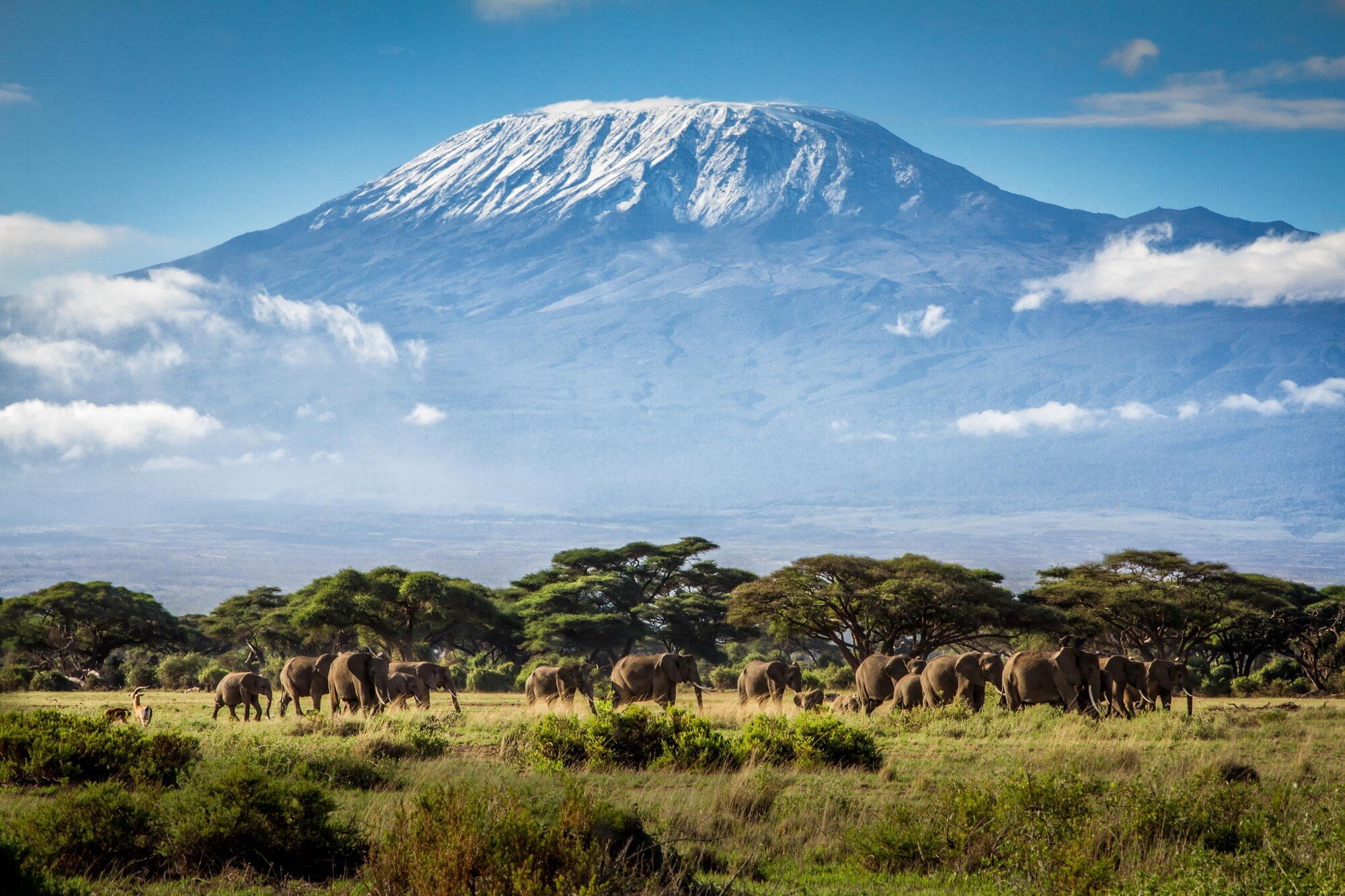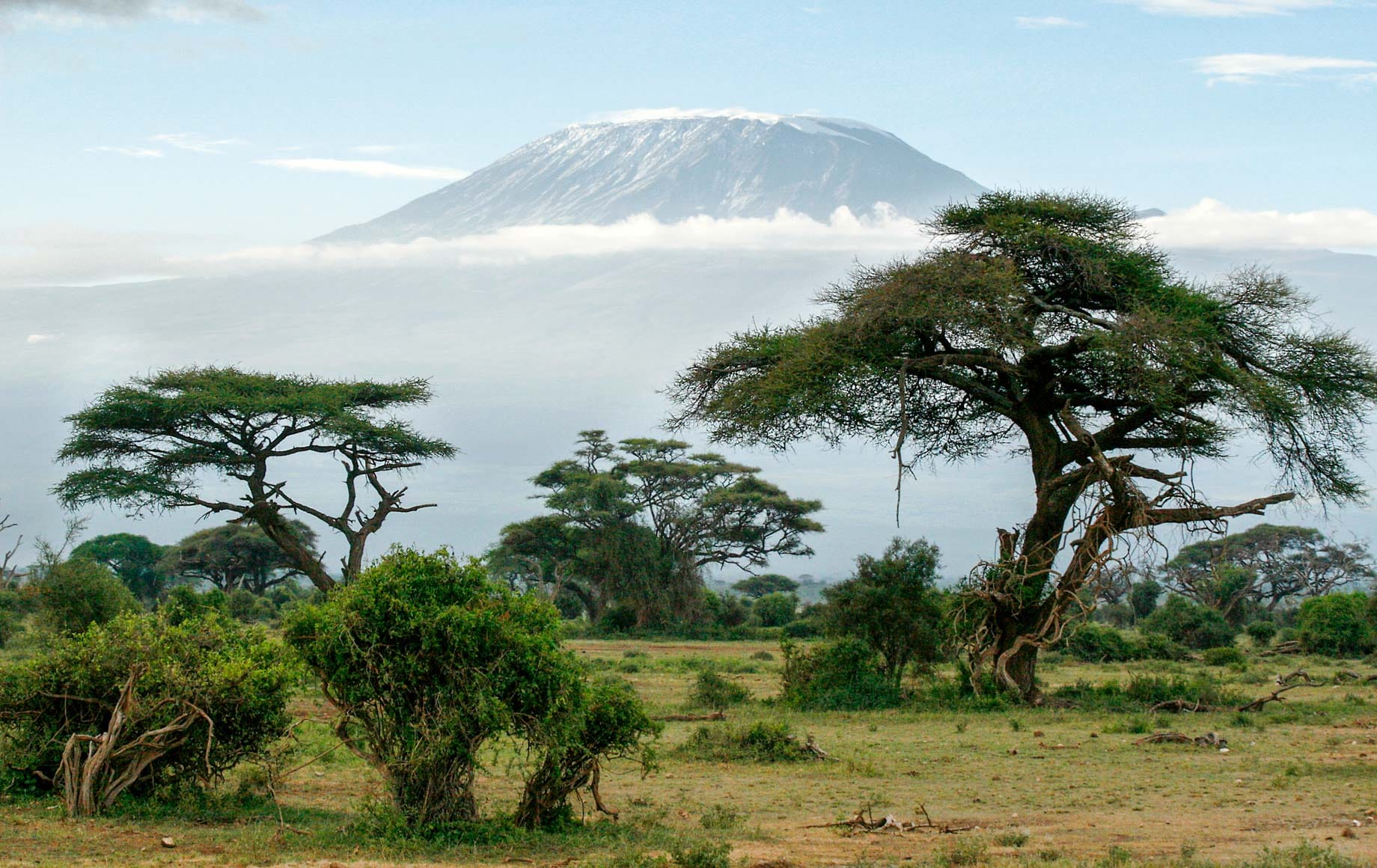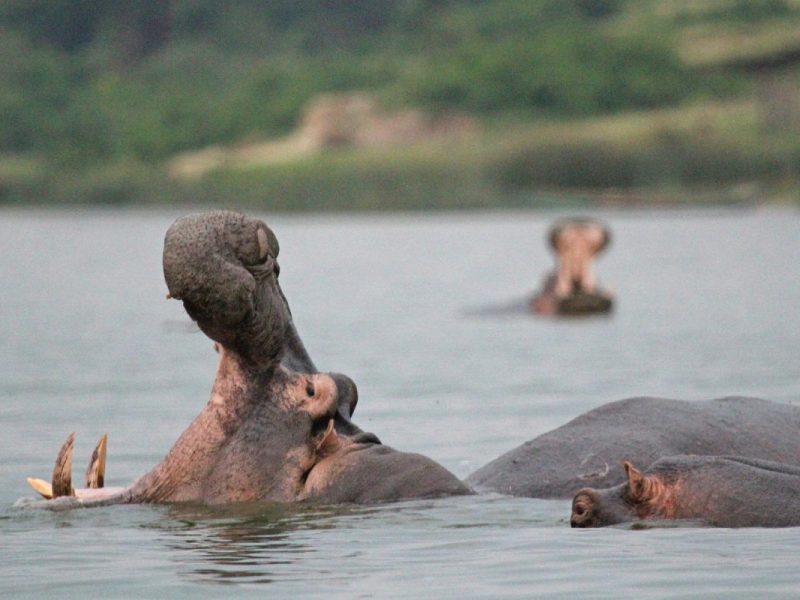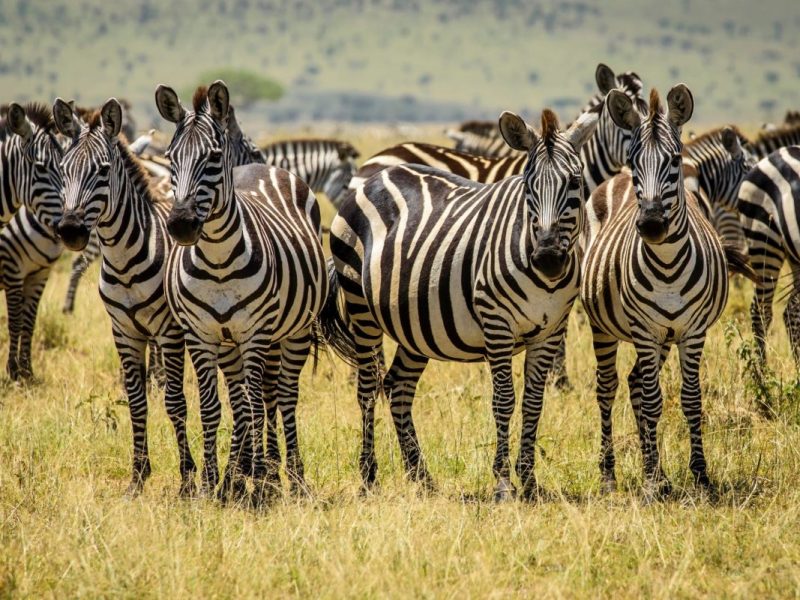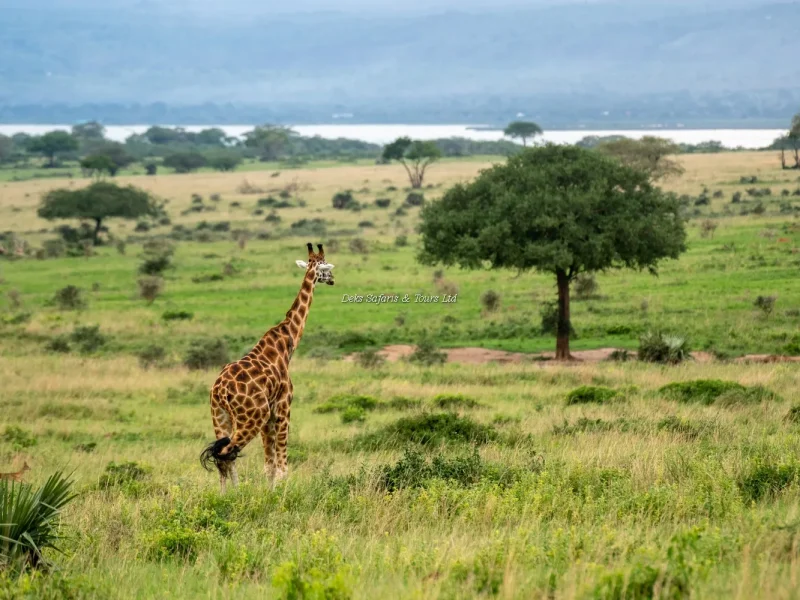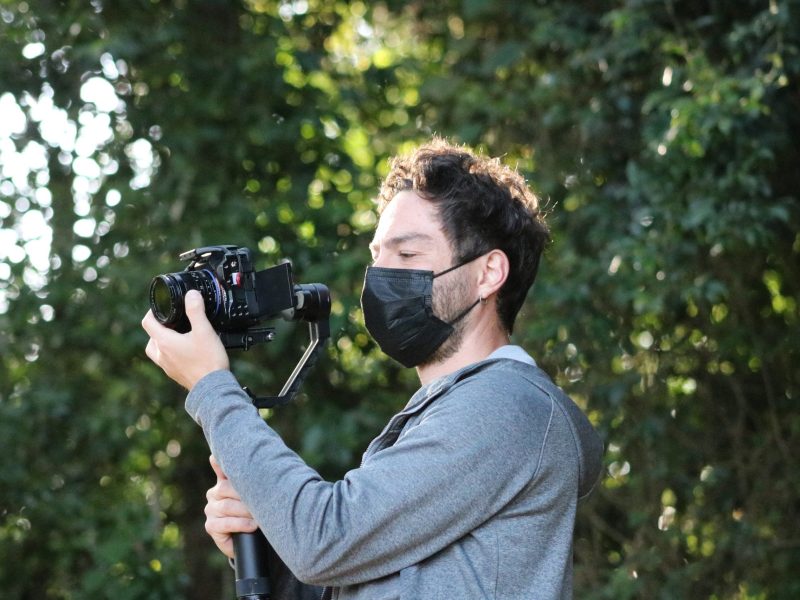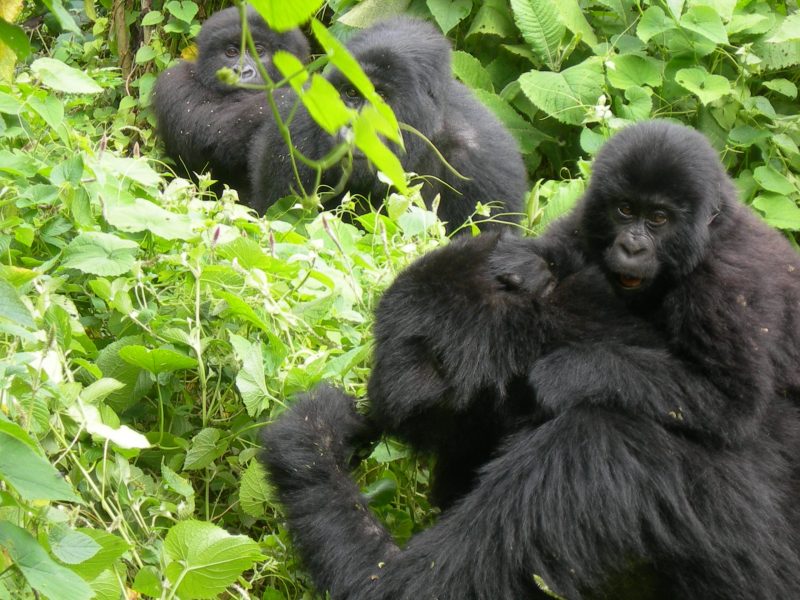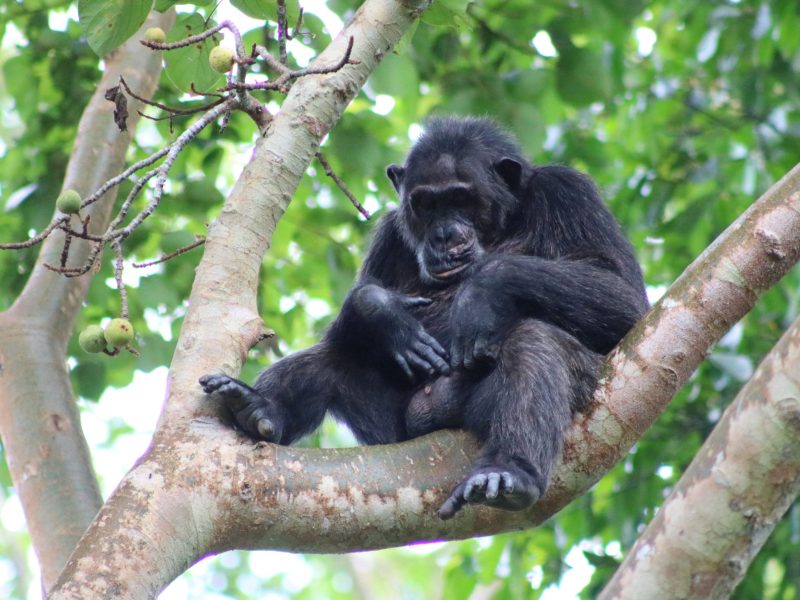Mount Kilimanjaro National Park
Kilimanjaro National Park is located 300 kilometers (190 mi) south of the equator in the Kilimanjaro region of Tanzania. Located near the Moshi region, the park covers all of Mount Kilimanjaro above the tree line and the surrounding belt of montane forest above 1,820 m (5,970 ft). Mount Kilimanjaro covers 1,688 square kilometers.
The park is managed by the Tanzania National Park Service. Kilimanjaro National Park was established in 1973. It includes Africa’s highest mountain, the snow-capped Mount Kilimanjaro, and the world’s highest free-standing volcano, consisting of two dormant volcanoes (Kibo 5895m and Mawenzi 5149m Tourism respectively).
The Climate in Kilimanjaro National Park.
Mount Kilimanjaro Park has two rainy seasons in a year. The rainy season is from March to May. It is raining at the foot of the mountain, but it is snowing at the top of the mountain. The dry season ranges from cool nights to clear days. Mount Kilimanjaro lies between 1,700 and 5,895 m above sea level, with average annual precipitation ranging from 828 mm in the alpine desert to 2,500 mm in the montane forest.
Sights of Kilimanjaro National Park.
Mount Kilimanjaro is home to a variety of attractions, from dryland deserts to permanent mountaintop glaciers. Three peaks.
Kipo, the highest peak of Mount Kilimanjaro (5,895 meters) is covered in snow all year round despite its proximity to the equator, and conquering this peak is an experience of a lifetime.
The three peaks of Kilimanjaro
Ma Wenqifeng. It is the second highest peak that forms the 5th mountain of Kilimanjaro, which is 145 m high. The summit is durable and retains the characteristics of glacial activity. Hilltop. Hilla Peak is 3962 meters above sea level and is the oldest collapsed mountain. The mountain forms a beautiful Hilla Plateau, which is home to many migrating large mammals such as buffalo and elephants, especially antelopes.
Mountain forest.
Kilimanjaro National Park has a large area of unusually beautiful montane forest that surrounds all of Kilimanjaro, about 1800-2800 meters above sea level, although not to the top, the forest area is worth a visit. In particular, the Marangu Nature Trail passes through this forest belt, which is home to various plant species, especially endemic plants such as Kilimanjaro Balsam, which is an exciting safari in Tanzania.
Vegetation zoning. Five eco-climatic zones take you on a short journey from the Equator to the Arctic, as the vegetation and weather change with altitude as you climb Mount Kilimanjaro, from mountain forests, sounds, and moors, to the peak region of the Alpine Wilderness (Arctic) and the mountain tops are covered with snow all year round. Lawo waterfall. Located 2.8 km from the Marangu route, Lauwo Falls offers a spectacular experience as you enjoy a walk in the lush mountain forest.
Maudi Crater in Kilimanjaro National Park
Maudi Crater is just a 15-minute walk from Mandala Hut on the Marangu route and offers panoramic views of Lake Chala, Lake Jipe, and Lake Nyumba ya Mungu, all of which draw water from the majestic Kilimanjaro.
Kifinica Cultural Site
The Kifinika Cultural Site is a site on the Marangu route that was ravaged by the local Chagga people and has historically been used for cultural ceremonies.
Wildlife Adventure
Kilimanjaro National Park is home to a wide variety of wildlife including birds, antelopes, red dukes, elephants, buffaloes, blue monkeys, eastern black and white monkeys, leopards, and other animal species. More than 140 mammals and 7 primates live in the park. , 25 raptors, 25 antelopes, 24 bats, and 179 birds.
Activities in Kilimanjaro National Park.
Mountain Climbing
Depending on the route you take, the climb to Kibo Peak can take anywhere from 5 to 8 days, the more days you have, the more likely you are to reach the summit. Six mountain routes take climbers to Africa’s highest points, each offering different attractions and challenges.
Mountain bike. Visitors to Kilimanjaro National Park have the option of cycling in the park. There are two routes, one for summit visitors (Kilema Route) and the other for non-climbers (Shira Plateau), which have picnic and rest areas.
Mawenzi Technical Climbing
Maven is the second-highest peak on Kilimanjaro, and technical climbers can hike the current seven summits to see cliffs, canyons, and rock faces.
Paragliding
Visitors can also fly to the top of Mount Kilimanjaro, where visitors can use a parachute or wingsuit while doing this activity in the park.
Filming
Kilimanjaro National Park, the highest free-standing mountain, not only climbers but also professional photographers, vamp film, The Snows of Kilimanjaro (1952), centered on the work of Ernest Hemingway, 25. He also won two Oscars at the Academy Awards.
Game Drives
Kilimanjaro National Park offers wildlife viewing within the park. Many animals can be seen in the park During your hunt, you can see a fair number of animals in the park such as vervet, Genette cats, honey badgers, aardvark, baboons, Columbus monkeys, bush babies, eland, and most often Gila Plateau elephants.
Bird watching.
Visitors can see a variety of bird species during their visit as it is home to more than 179 bird species, some of which are migratory while others are endemic to the area, birds in the park include White-throated Crow, Long-tailed Trogon, Gabbar’s Hawk, Blue Snapping Rat Bird, Gray Hornbill, African Osprey, White Plaid Barbet, African pygmy Kingfisher, and many others. Bird watching in the park is best from November to April when migratory birds from Europe and North Africa can be found.
Piece of Goshawk
Kilimanjaro National Park has 13 picnic spots where visitors can enjoy a picnic in the continuous wilderness such as Daraja reef, Kilimamchele, Wona, Last water, Machame halfway, Jiwe la Mbula, and others. This is done when tourists enjoy a packed lunch instead of a picnic.
Where to stay in Kilimanjaro National Park?
Accommodations are available in the park, including chalets, lodges, and 32 public campsites such as Camp Baranco, Camp Shira 1, Camp Kibo, and many others, and accommodation and lodge reservations are made through licensed local tour operators. Mountain Pains includes Mandara’s 118-bed Marangu Lodge, 2,238-bed Horombo, and 90-bed Kibo Mountain Lodge.
How to get to Kilimanjaro National Park?
Kilimanjaro Park can be reached by road and air.
Drive on land.
The park headquarters and one of the ascending gates is located in Mahlangu, about 41 km from Moshi town and 86 km from Kilimanjaro International Airport, while the other 7 gates are Rongai, Machame, Londonorosi, Lemosho, Kilema, Mweka, and Umbwe at At the foot of the Rundt hill, you can reach it by road.
With plane.
The park can be accessed from Kilimanjaro International Airport, approximately 45 kilometers west of the park. Kilimanjaro National Park has Outstanding Universal Value. Covering an area of approximately 75,575 hectares, the park protects the largest group of independent volcanoes in the world and the highest mountain in Africa, at 4,877 meters above sea level and 5,895 meters above sea level. at the top.


